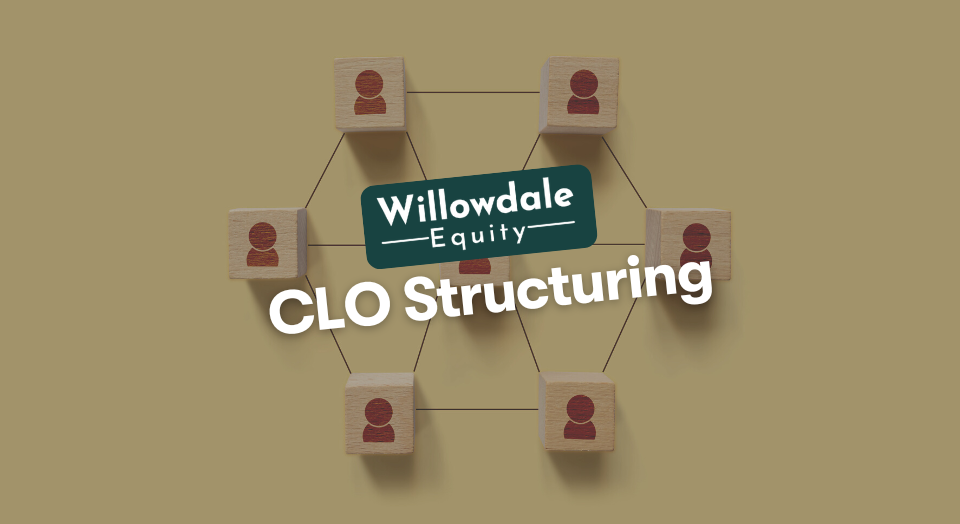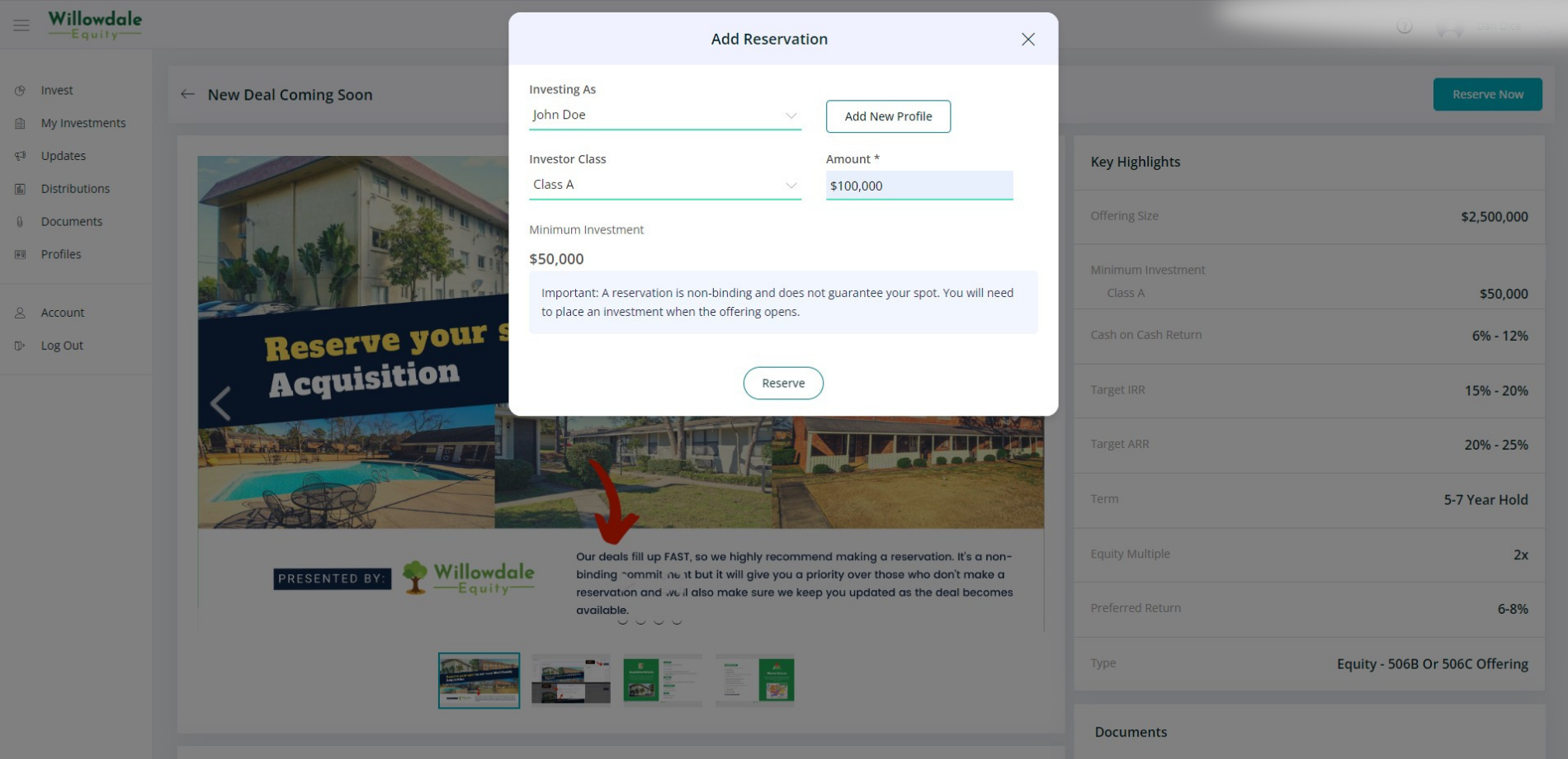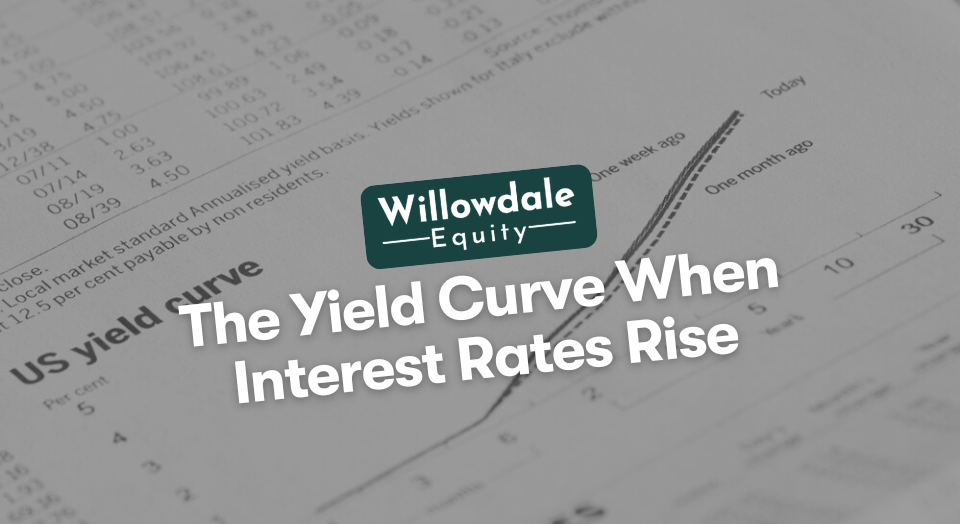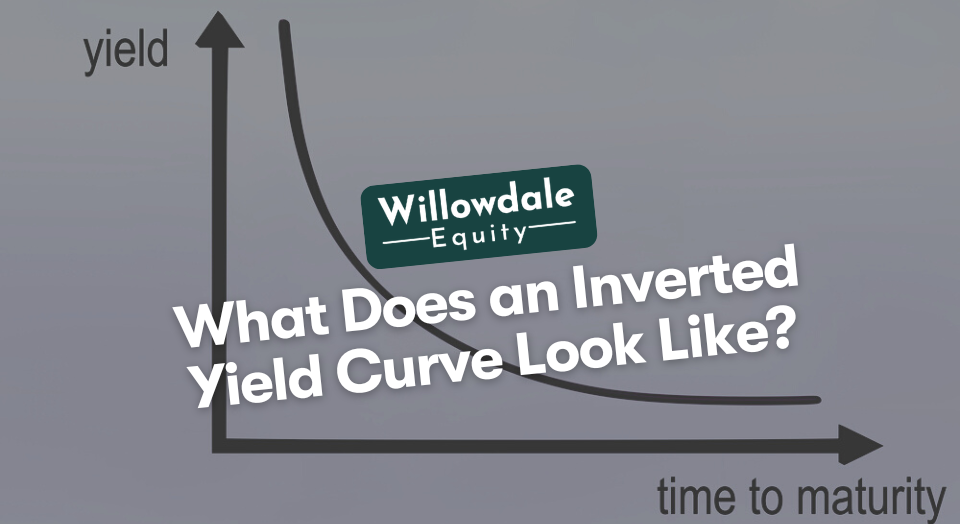
What is CLO Structuring? And What Does a CLO Do?
This article is part of our guide on fannie mae and non-recourse loans in multifamily, available here.
A collateralized loan obligation which is commonly referred to as “CLOs”, has exceeded the 1 trillion dollar mark and is continuing to grow. This article covers what CLOs are, their structure, the different debt tranches, the risks, and the returns found in different loan pools.
Key Takeaways
-
CLOs are comprised of pools of senior secured bank loans offered to businesses below investment grade. These are primarily first-lien secured bank loans, and they are ranked.
-
The CLO equity investor owns the pool of a CLO or CLOs, and the debts in the pool are owned by the debt investors of the same pools. The equity investor and managers purchase these different tranches of loans through a syndication process.
-
A CLO allows investors to hedge their monies by purchasing parts of loans or whole lots of loans and re-investing the money back into the same investments or investing in new tranches of loans.
Collateralized Loan Obligations - What is a CLO?
Collateralized loan obligations are structured credit, a fixed income that includes asset-backed securities, residential mortgages, and commercially backed loans.
How CLOs Work and How They are Structured
CLOs are comprised of pools of senior secured bank loans offered to businesses below investment grade. These are primarily first-lien secured bank loans, and they are ranked. The rankings depend on the priority of payments in the borrowers’ capital structure if bankruptcy should occur ahead of any unsecured debts. Second-liens and unsecured debts are included next in priority. A CLO offers the more experienced borrower credit due to the mix of loans leveraged via bank loan portfolios.

The chart above shows the different grades of notes, classes of notes, and the various tranches standard for a CLO.
What does a CLO do?
More specifically, these portfolios of bank loans, aka leveraged loans, are the collateral to support a CLO. These leveraged loans are in a senior position to below-investment-grade companies and are managed over a fixed set of time, also known as the investment period. During this time, a manager can buy and sell loans for the underlying pool to create trading gains and mitigate any potential or actual losses due to a downgrade in credit.
The entire investment community and the residential mortgage investment community is dependent on CMBSs, but more than ever CLOs. The re-investing of these monies allows more money to be placed into the borrowing and investing pool. This provides stability and leverage, so if the market is hot or cold, the impact on these portfolios held by CLO managers is minimized.
Who Owns CLOs?

The CLO equity investor owns the pool of a CLO or CLOs, and the debts in the pool are owned by the debt investors of the same pools. The equity investor and managers purchase these different tranches of loans through a syndication process. The institutional investors in the lower strata carry a more significant return and risk profile than those in upper-level tranches. The CLO spread is then determined.
What is a CLO Spread?
Because CLOs are not based on a fixed rate of interest, the spread is movable based on the LIBOR (London Interbank Offered Rate), the EURIBOR (Euro Interbank Offered Rate), and the SOFR (Secured Overnight Financing Rate). The spread is determined by the capital stack and the spread duration. The typical spread duration is between 3.5 and 7 years. The higher up the capital stack and the lower the duration, reflect what tranches are redeemed and in what order.
What is CLO Structuring?
CLOs are structured as follows:
- Warehousing (3-6 months): The collateral is purchased before the closing date.
- Ramp-up (1-6 months): After closing, the portfolio manager purchases the remaining collateral to complete the original portfolio. When the ramp-up is complete, they test monthly to ensure that principal and interest payments are timely and that the portfolio is performing well.
- Reinvestment (1-5 years): After ramp-up is complete; the manager can re-invest all the loan proceeds. If he buys or sells bank loans, the quality of the portfolio’s credit improves.
- Non-call (first 6 months to 2 years of re-investing): Yield spreads are earned on a per-tranche basis. The yield spread is determined at closing. Most of the tranche holders can call or refinance the loan tranches.
- Repayment and deleveraging (1-4 years): As the loans are paid off, the manager then pays down the tranches in order of seniority and the rest of the proceeds are distributed to the equity-tranche holders.
Is a CLO a Derivative?
A CLO is a particular type of derivative because it can and is affected by market rates, interest rates, stocks, bonds, committees, currencies, capital markets and other market indices. Because a CLO is a derivative, the directional movement of the CLO and the underlying positions and holdings have more leverage. Assets such as these are traded on exchanges like the Chicago Mercantile Exchange.
This exchange is the world’s largest available for OTC trading. When commodities are traded, the price is not what is being speculated on, it is a way for the parties to manage risk.
Good Read: The Difference Between Conforming and Conventional Loans
How Big is the CLO Market?

The CLO market exceeded 1 trillion dollars in assets. The leader is GSO Capital Partners, with 30 billion dollars in assets, with Credit Suisse only 8 million dollars behind GSO.
Credit Suisse issued 3.6 billion dollars of new CLOs in 2019 while GSO issued $2.5 billion. Credit Suisse has $5 billion more in US CLOs than GSO.
What are the Advantages of a CLO?
The advantages of a CLO are the following:
- Over-collateralization: This means that those in higher ranking tranches won’t be overly affected in the event of payment defaults. The ones at or near the bottom tranches have more risk exposure.
- Floating rate loans: Underlying loans of a CLO are floating in terms of interest, and because of this, the results are CLOs of low duration. CLOs are subject to changes based on the risks from changes in interest rates.
- Actively Managed: Because the people who manage these types of investments, and because they are paid based on the money made and the performance of these portfolios, the managers have a vested interest in making sure that risks are mitigated and returns are higher.
- Hedge against inflation: Due to CLOs being made up of loans with floating interest rates, and since interest rates follow inflation, the risk of loss due to inflation is mitigated.
- Higher returns: CLO tranches typically yield higher returns than other corporate debt like bank loans, non-investment grade bonds, and investment grade bonds.
What are the Disadvantages of a CLO?
- Credit risk: Leveraged loans have inherent credit risk. As such, the investments issued must be below investment-grade companies whose economic streams are sensitive to changes in the economic cycle.
- Collateral deterioration: If enough CLOs experience losses, cash flows are allocated to tranches in order of seniority. The values could be wiped out.
- Non-recourse and not guaranteed: CLOs only have recourse to the portfolio’s principal and interest payments.
- Loan prepayments: Loan prepayments are unpredictable, and prepayments could disrupt cash flows, so the timing is critical and challenging for these managers.
- Trading illiquidity: If a trading activity becomes sluggish or stops altogether, liquidity could be slowed or halted. The financial crisis in 2008 caused many CLOs to stop activity for an extended time.
- Timing of Issuance: When a CLO is issued, and a financial crisis ensues, the drop-off in trading value could potentially cause a loss in cash flow.
- Manager performance: If a manager is not keeping up with the trading volume or any other factors that affect a CLOs returns negatively, the losses could cause overall reductions in returns and an increase in risk.
- Spread duration: Longer spread durations cause returns to drop off, and lower-rated tranches suffer first.
Frequently Asked Questions About CLO Structuring
CLOs are special purpose vehicles (SPV). SPVs are a portfolio of diversified syndicated leveraged loans and, through them, the private placement of rated debt and equity securities. This in turn, provides investors with different risk and reward profiles. SPVs are also called special purpose entities. They are subsidiaries created by parent companies to isolate financial risk. The legal status as a parent company makes obligations secure, even if the parent company becomes insolvent or files a Chapter 7, 9, 11, or 12 bankruptcy. In the context of a CLO, the investments are much safer than stocks or bonds.
GSO Capital Partners is the largest management company with $30 billion in assets, with Credit Suisse having $27 billion in assets. Professional CLO managers greatly enhance the return on investments versus the risks. Should one of the loans or debts in one of the CLOs in the portfolio has defaults in payments that result in lowering a credit rating, the other investments in the portfolio are protected which is a part of its investment objective.
The duties of a CLO include the following:
- Creating a capital structure of tranches with different risk and return expectations
- Raising capital from investors
- Choosing a tranche that meets their risk and returns expectations
- Using capital collected from investors to purchase loans
- Paying investors from the interest starting at the top tranche
What Does a CLO Do - Conclusion
A CLO allows investors to hedge their monies by purchasing parts of loans or whole lots of loans and re-investing the money back into the same investments or investing in new tranches of loans. CLOs have a track history of outperforming stocks, bonds, mutual funds, and money market accounts. They provide stability even in a rising inflation rate environment, and despite potential losses, the risks are overshadowed by CLOs.
During the pandemic, one of the growing places for institutions to place capital was CLOs. Despite a considerable drop-off in corporate productivity, the reduction of employees, the elimination of certain positions within different firms, and the default of some loan payments, CLOs provided a hedged shelter from financial ruin.
If you’re building long-term wealth through private equity illiquid tax-advantaged multifamily real estate across the southeastern United States, join the investor club today.
Sources:
- Investopedia, “Collateralized Loan Obligation (CLO)“
- InstitutionalInvestor, “CLOs Are More Popular Than Ever With Institutions. Here’s Why.“
The Willowdale Equity Investment Club is a private group of investors that are looking to passively grow their capital and share in all the tax benefits through multifamily real estate investments.






